What is the Solution to Poverty? Larry Sharpe’s Simple Answer
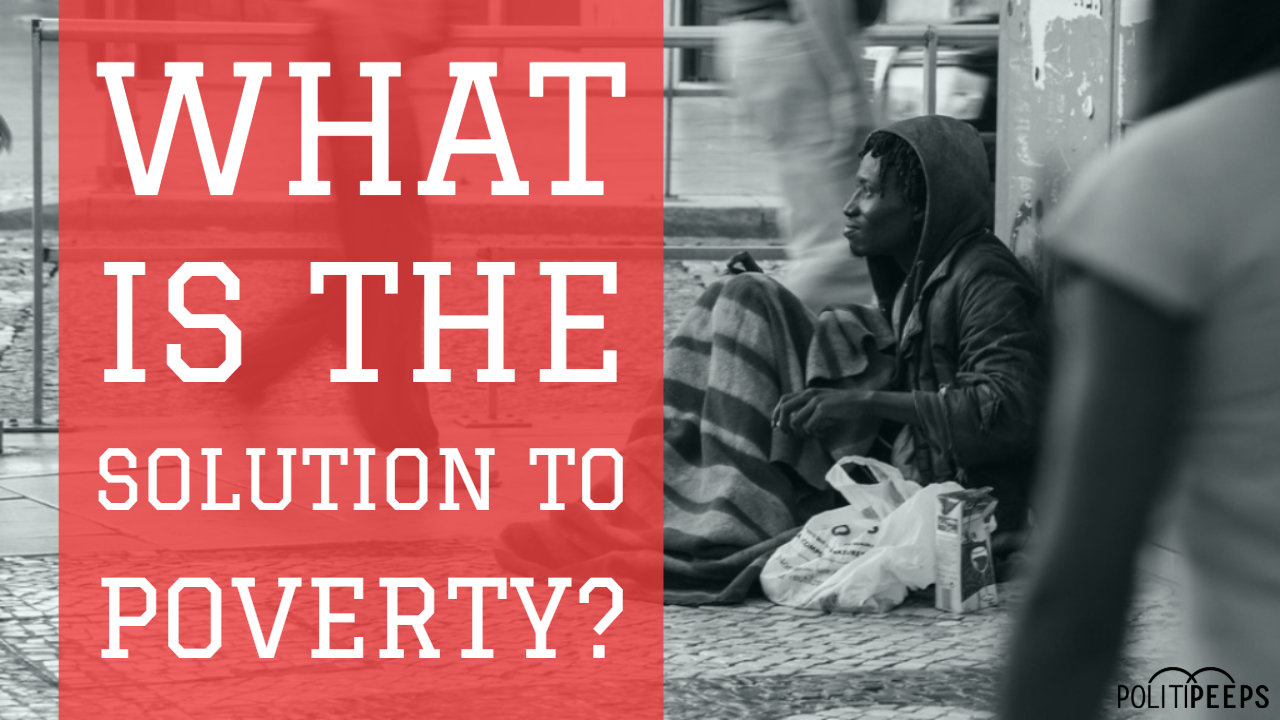
The minimum wage was instituted to fight poverty. At the federal level, it’s $7.25 per hour. It varies from state to state, and here in New York State, it ranges from $11.10 per hour for upstate, to as much as $15 per hour for NYC companies with more than 10 employees. Is this a solution, or is it a band-aid? We interviewed Larry Sharpe to find out, and he’s got a radical solution for poverty. It’s not a minimum wage increase; it’s ownership.
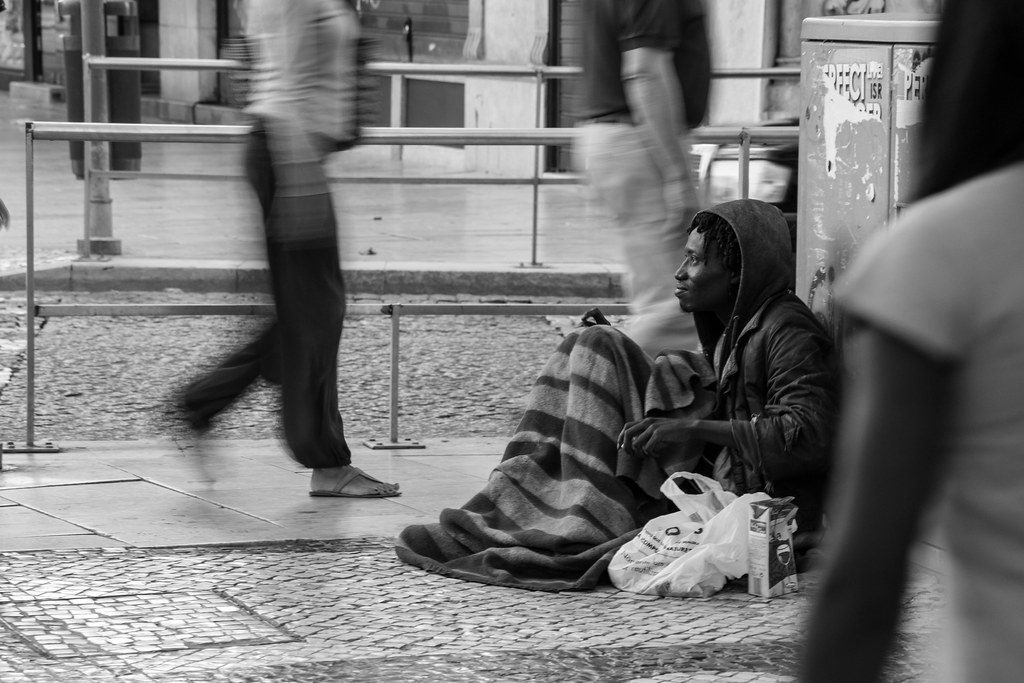
Who Is Larry Sharpe?
Sharpe was the Libertarian Party (LP) candidate for governor in 2018. He garnered about 100,000 votes and got ballot access for the LP for the first time ever in NY. He is now promoting the Sharpe Way, where he teaches other Libertarians how to create mutual respect, find common ground, and build mutually beneficial solutions for society’s problems.
Sharpe doubled the previous Libertarian record of votes in New York by visiting every county in the state and speaking to many Democrat, Republican and Independent voters about their issues, and offering up solutions that were radically different than anything they had ever heard from either major party. Ownership was one of these ideas.
A Path to Small Business Ownership
According to Sharpe, a profound lack of ownership is especially apparent in Black, Brown, and Immigrant communities. Newcomers enter the U.S. with an entrepreneurial spirit that they carry over from their home countries, only to learn that it’s not so simple to start a small business in this country.
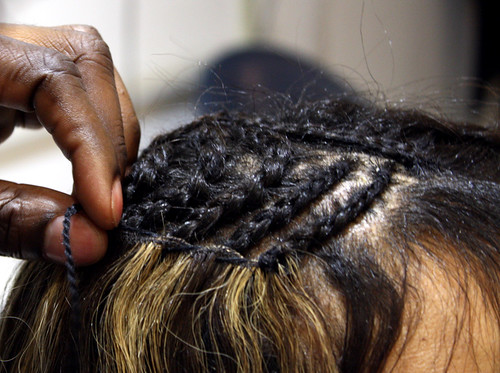
In New York, They get introduced to regulations that mandate licenses for everything imaginable, including braiding hair, which requires approximately $20,000 in educational investments and other costs, prior to helping a single client. When the state shuts down their unlicensed businesses, either because they can’t afford, or don’t qualify for licensure, these impoverished populations often turn to crime or other high-risk activities, exploiting and damaging their own communities. These crimes often go unreported, as undocumented or previously incarcerated people are typically uncooperative with law enforcement, due to their fear of government punishment and/or deportation. The cycle continues. Sharpe has indicated that this exploitation occurs through such things as the drug trade, sweatshops, human trafficking, and protection rackets. This exploitation, according to Sharpe, is usually done by someone from within the community.
Sharpe believes that the better alternative is to let that entrepreneurial spirit soar. His first recommendation is to change licenses to optional credentials, particularly for jobs that do not entail danger or high risks, like hair braiding. In this way, a hair braider with limited resources may operate without a license, while other hair braiders may choose to get credentialed in their craft, in order to gain a market advantage over non-credentialed hair braiders.
Not only does this method empower consumers with the decision on which service to use, but it gives people in low-income communities a chance to take ownership of a business, to own their jobs, and to own their success. Since it’s a credential, it maintains the value inherent to the licensing process, giving customers the option to select providers that meet the state’s suggested level of standards.
A Path to Home Ownership
“When it comes to property, many people in poor communities – they rent.” People need to pay their bills every month and they spend a great deal of money on rent. In some cases, Sharpe reports that they even rent furniture.
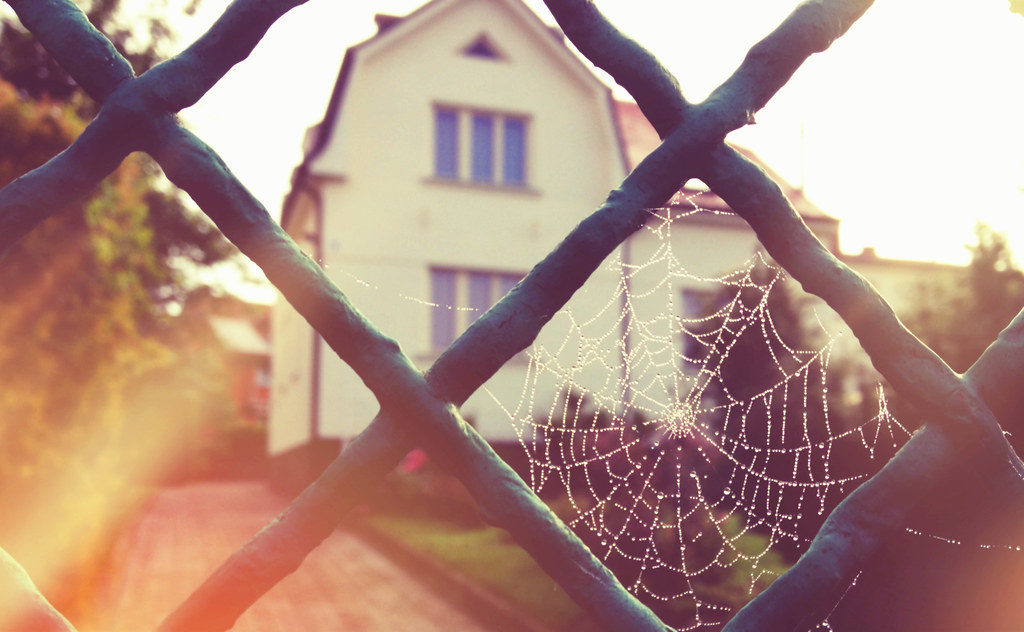
Affluent people are able to leave a legacy for their children by building equity in their homes and other property, but poor people have no such equity, perpetuating the cycle of poverty and dependence. This monthly responsibility, combined with the feeling that money spent is money lost, gives people incentive to get onto taxpayer-funded, government programs.
“When it comes to renting, people rely on that monthly check to pay their bills.”
Larry Sharpe
Sharpe’s opinion is that this is especially prevalent in immigrant communities. People are enthusiastic about entrepreneurship, homeownership, and creating a better life for their children when they first get to the U.S. As these possibilities become less probable, these populations figure out how to survive by using the welfare system. They register for Electronic Benefit Transfer (EBT) cards and other programs that keep them hooked on government money, and they teach others in their community how to use the same programs. Rinse and repeat.
Sharpe’s vision for ownership extends to public housing. In his view, renting housing to low-income families does not solve the problem of poverty, even when rental costs are below market value. He would rather give people the opportunity to buy their public housing units. Every month, rather than spending money on rent that never goes away, they can invest in their futures and their children’s futures. He believes that homeownership will benefit both the recipients and society as a whole. With ownership, we eliminate the need for society to pay people’s rent, and their children’s rent into perpetuity. This type of program also eliminates the costs generated by the poor treatment of rented property, versus the good treatment of a property that is owned. He also sees local community ownership as a solution to the problems associated with gentrification.
Can it work? Sharpe cites London’s model for homeownership as a success story. The city’s shared ownership model gives lower-income families the opportunity to build equity in a shared property at 25% to 75% of market value.
A Path to Less Incarceration and Fewer Broken Families
Sharpe takes his idea one step further by applying the concept of ownership to owning your life. Presently, he believes that people do not own their own lives. Black and Brown populations, and particularly the men in those populations, are incarcerated at a vastly higher rate than other populations. Often this includes punishment for nonviolent crimes like drug offenses, and the result is fatherless homes. The remaining people in those populations who do lead productive lives often end up working for the government as bus drivers, postal workers, and in other fields where the government still owns their lives.
How do we solve this, and other problems that feed into an endless cycle of poverty, especially in minority, and immigrant communities? Watch the rest of our interview with Larry Sharpe to find out:
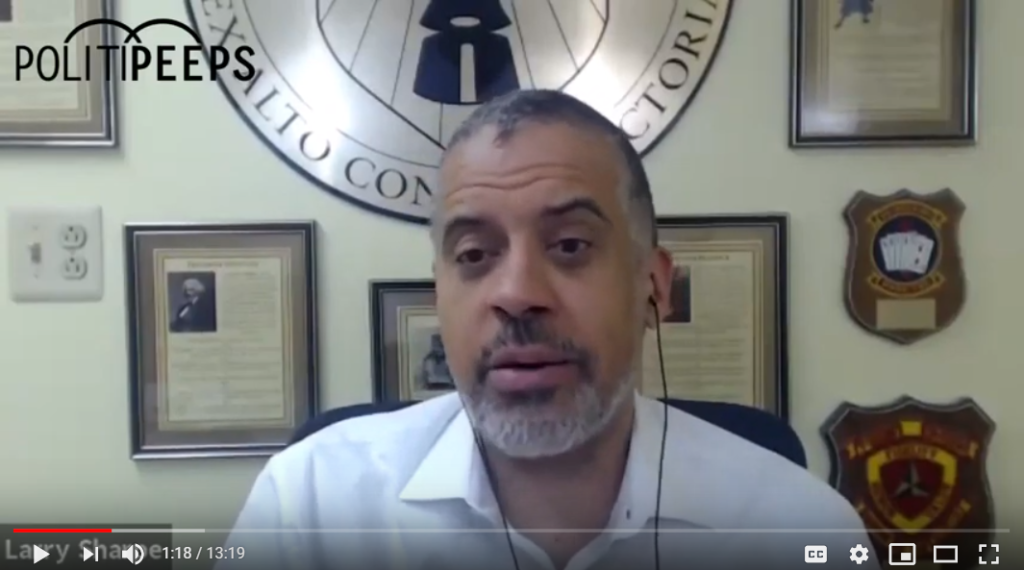

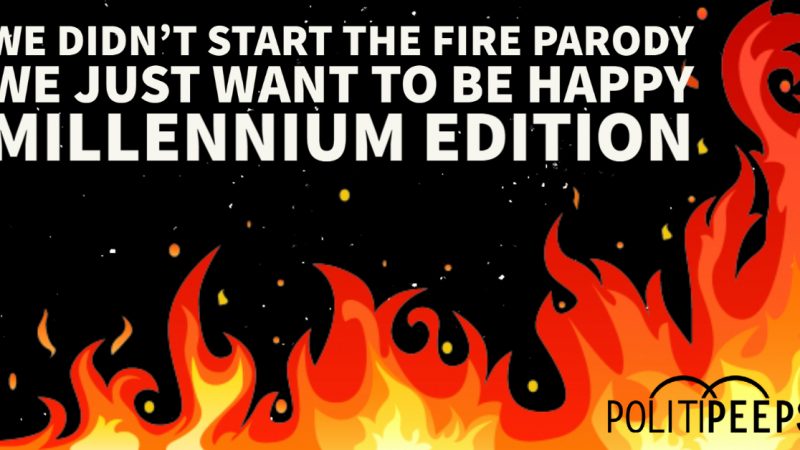
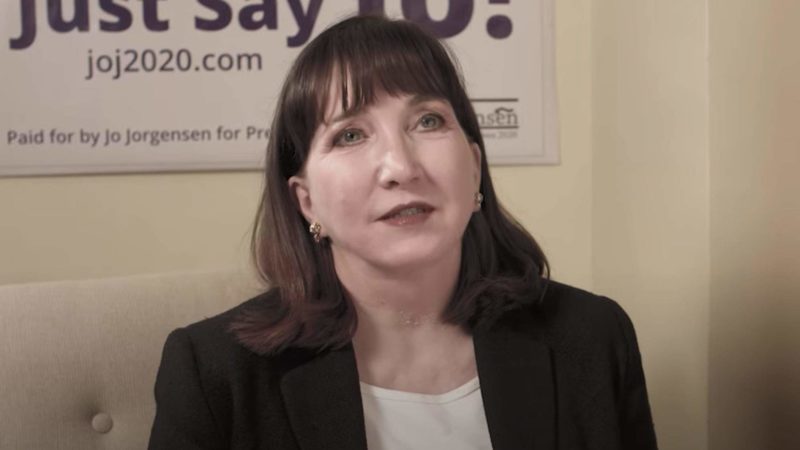
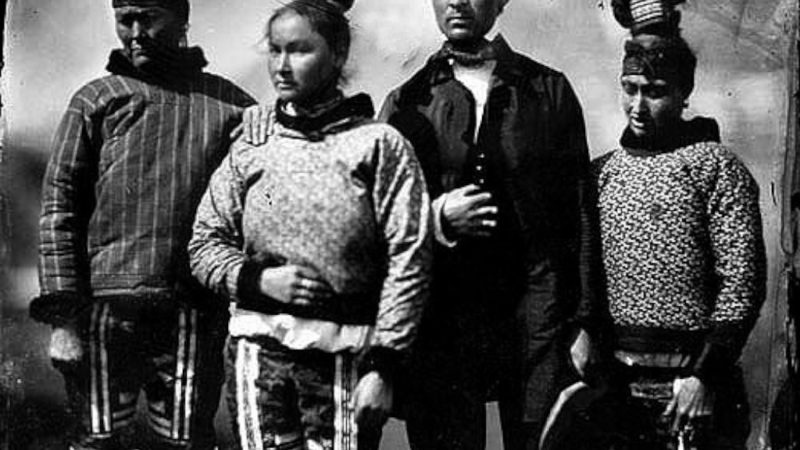
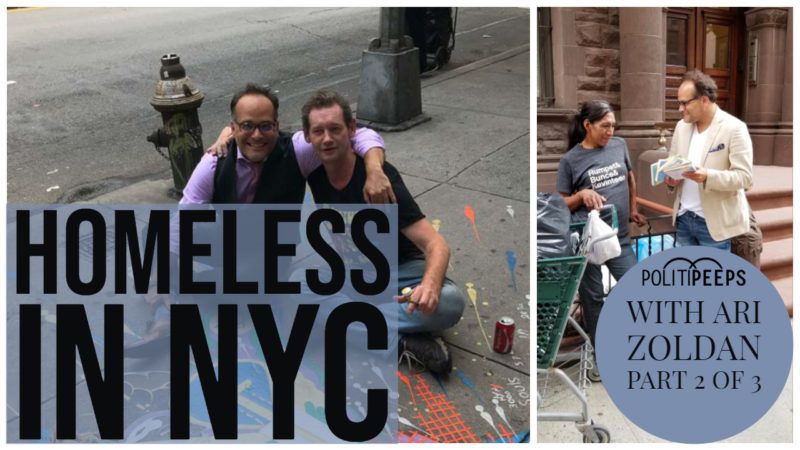
Facebook Comments